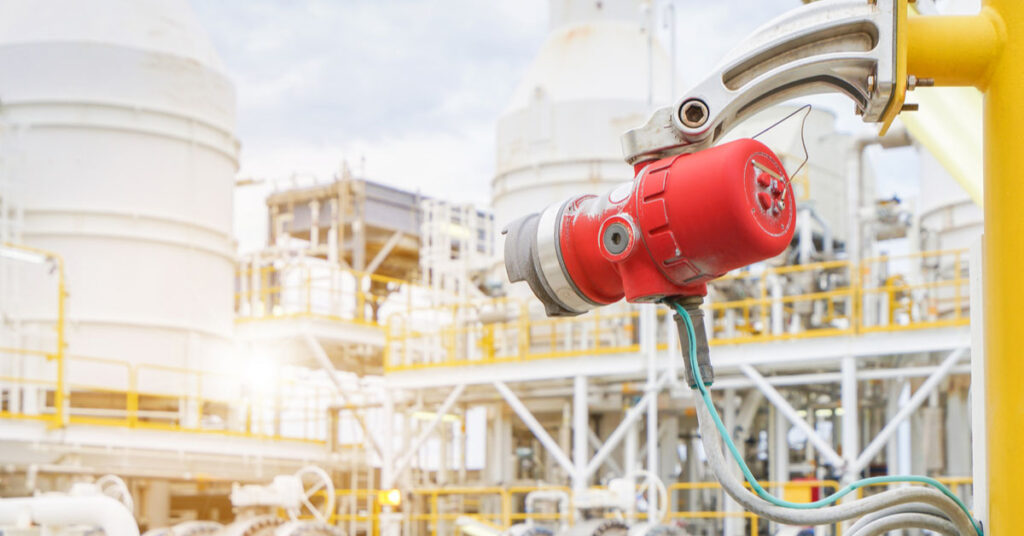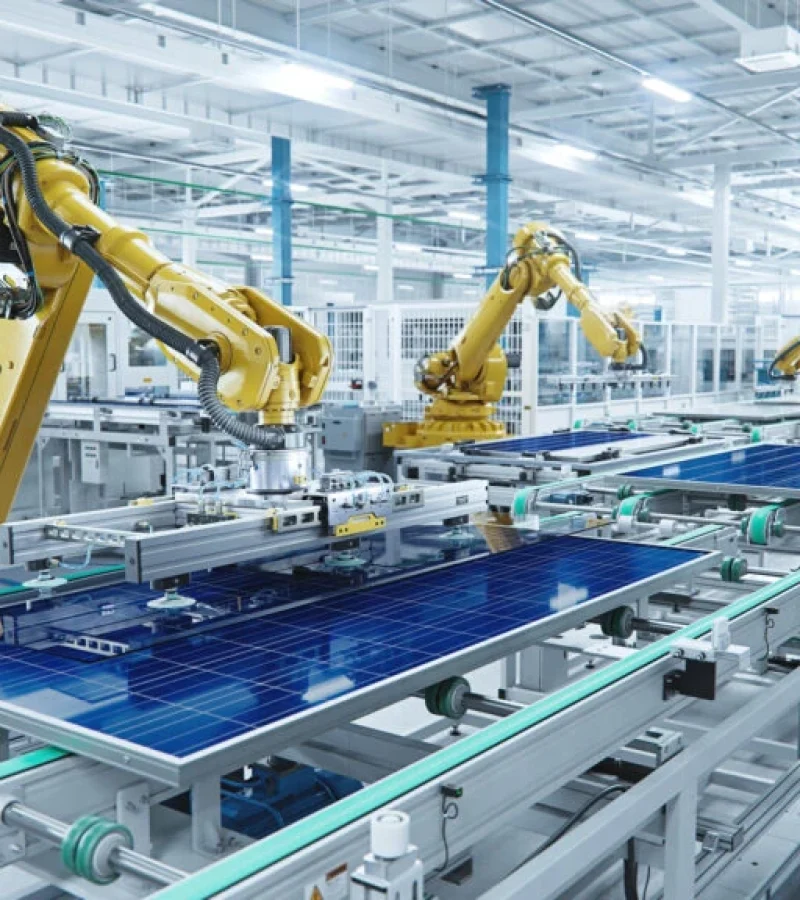The Importance of Fire and Gas Detection Systems in Industrial Safety
Home > Blog > Blog Details

The Importance of Fire and Gas Detection Systems in Industrial Safety
October 4, 2023
Introduction
Industries like oil & gas, chemical plants, and manufacturing facilities are prone to various hazards. Fire, explosions, and toxic gas leaks can lead to catastrophic losses, endangering human lives, equipment, and the environment. Fire and gas detection systems are critical in identifying potential threats before they escalate, ensuring early warning and damage control.
Why Fire and Gas Detection is Crucial
- Prevent Loss of Life: Timely alerts help evacuate personnel safely.
- Safeguard Assets: Early detection minimizes damage to machinery and infrastructure.
- Environmental Protection: Prevents toxic emissions from spreading into the environment.
- Regulatory Compliance: Meeting safety standards like OSHA, NFPA, and ATEX avoids legal penalties.
How Flame and Gas Detectors Work
- Flame Detectors:
- Detect the infrared (IR) or ultraviolet (UV) radiation emitted during combustion.
- Commonly used in refineries, chemical plants, and fuel storage facilities.
- Gas Detectors:
- Combustible Gas Detectors: Identify gases like methane and propane to prevent explosions.
- Toxic Gas Detectors: Monitor for harmful gases like carbon monoxide or hydrogen sulfide.
Case Study: How Detection Systems Save Lives
In 2020, a chemical plant fire in Texas was mitigated due to an advanced gas detection system. Workers were alerted immediately and evacuated, preventing any fatalities and limiting damage to equipment
More Blogs
Introduction
Industries like oil & gas, chemical plants, and manufacturing facilities are prone to various hazards. Fire, explosions, and toxic gas leaks can lead to catastrophic losses, endangering human lives, equipment, and the environment. Fire and gas detection systems are critical in identifying potential threats before they escalate, ensuring early warning and damage control.
Why Fire and Gas Detection is Crucial
- Prevent Loss of Life: Timely alerts help evacuate personnel safely.
- Safeguard Assets: Early detection minimizes damage to machinery and infrastructure.
- Environmental Protection: Prevents toxic emissions from spreading into the environment.
- Regulatory Compliance: Meeting safety standards like OSHA, NFPA, and ATEX avoids legal penalties.
How Flame and Gas Detectors Work
- Flame Detectors:
- Detect the infrared (IR) or ultraviolet (UV) radiation emitted during combustion.
- Commonly used in refineries, chemical plants, and fuel storage facilities.
- Gas Detectors:
- Combustible Gas Detectors: Identify gases like methane and propane to prevent explosions.
- Toxic Gas Detectors: Monitor for harmful gases like carbon monoxide or hydrogen sulfide.
Case Study: How Detection Systems Save Lives
In 2020, a chemical plant fire in Texas was mitigated due to an advanced gas detection system. Workers were alerted immediately and evacuated, preventing any fatalities and limiting damage to equipment
Introduction
In today’s industrial landscape, efficiency and automation are paramount. Industrial PCs (IPCs) and specialized displays play a crucial role in modernizing manufacturing processes. Unlike consumer-grade systems, these devices are designed to withstand harsh environments, ensuring uninterrupted operations.
Key Features of Industrial PCs
- Rugged Design: Resistant to dust, heat, moisture, and shock.
- Performance Under Pressure: Handle data-intensive processes and critical applications in real time.
- Customizable: Can be tailored to fit unique requirements, such as specific CPU or I/O configurations.
Use Cases Across Industries
- Oil & Gas: Monitor drilling operations and ensure system integrity in remote locations.
- Food Processing: Automate production lines and ensure hygiene through touch-free interfaces.
- Pharmaceuticals: Maintain stringent environmental controls with real-time data visualization.
Role of Industrial Displays & Monitors
- Touchscreen Interfaces: Enable operators to interact with machinery effortlessly.
- Real-time Monitoring: Displays provide instant feedback on processes, improving decision-making.
- Durability: Operate reliably in extreme environments, such as factories or outdoor installations.
Integrating with IoT for Industry 4.0
IPCs and industrial displays are integral to the rise of Industry 4.0. They enable seamless connectivity with sensors, cloud platforms, and remote monitoring systems, optimizing production and reducing downtime.
Introduction
Safety isn’t just about preventing accidents—it’s also about meeting regulatory requirements. Industry standards like NFPA (National Fire Protection Association), OSHA (Occupational Safety and Health Administration), and ISO provide guidelines to ensure workplace safety. Non-compliance can lead to fines, accidents, and reputational damage, which is why modern safety systems are indispensable.
Key Safety Standards
- NFPA: Focuses on fire protection and prevention standards.
- OSHA: Covers workplace safety and health regulations.
- ISO: Provides international safety guidelines across industries.
Components of a Modern Safety System
- Fire Alarm Systems: Detect smoke and fire, alerting personnel in time for safe evacuation.
- Gas Detection Systems: Monitor and detect harmful gases to prevent leaks and explosions.
- Suppression Systems: Use water, foam, or chemicals to extinguish fires before they spread.
Benefits of Safety System Compliance
- Reduced Insurance Premiums: Many insurers offer discounts to businesses with compliant safety systems.
- Fewer Downtimes: Safety incidents often result in costly downtime; a good system ensures uninterrupted operations.
- Increased Employee Confidence: Employees feel safer and more productive in a well-monitored environment.
How Safety Systems Integrate with Automation
Modern safety systems can be integrated with industrial automation tools, ensuring that alarms trigger automatic shutdowns and that remote monitoring identifies potential hazards.



